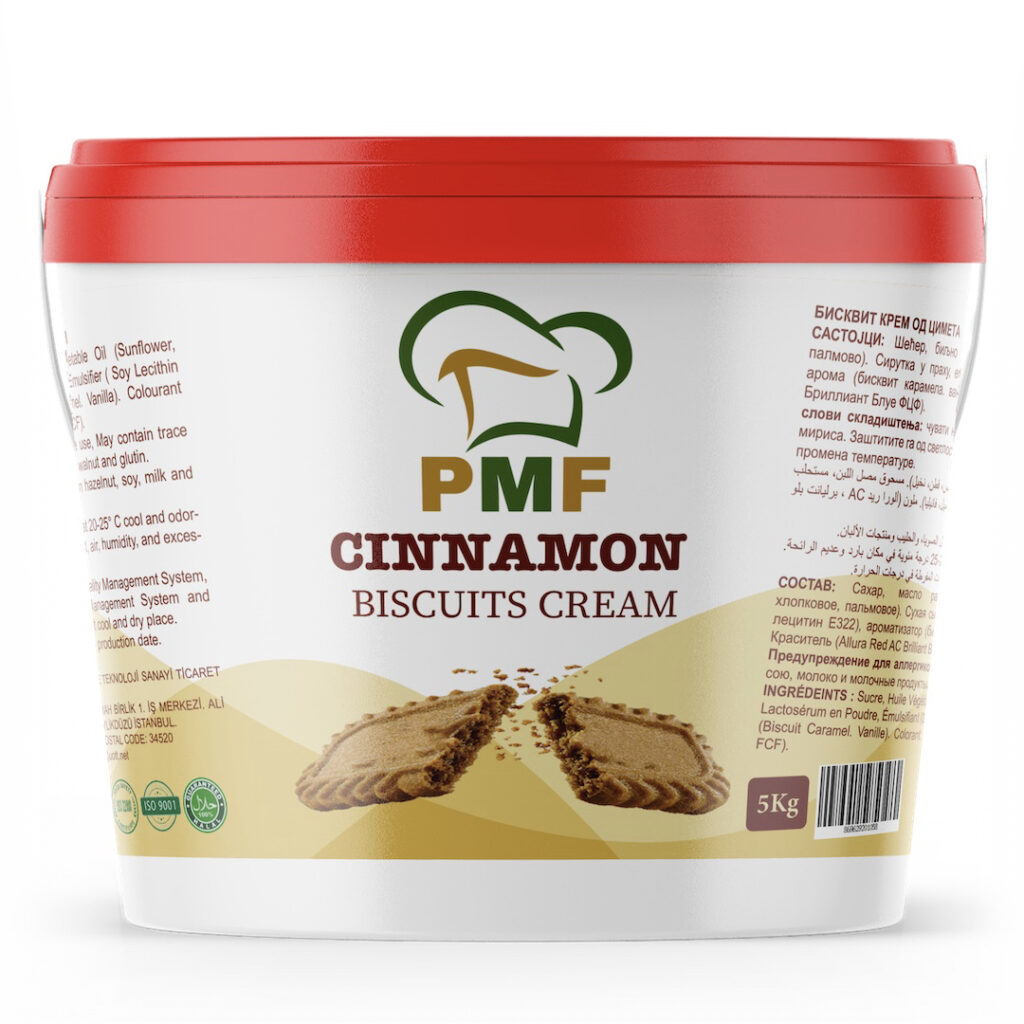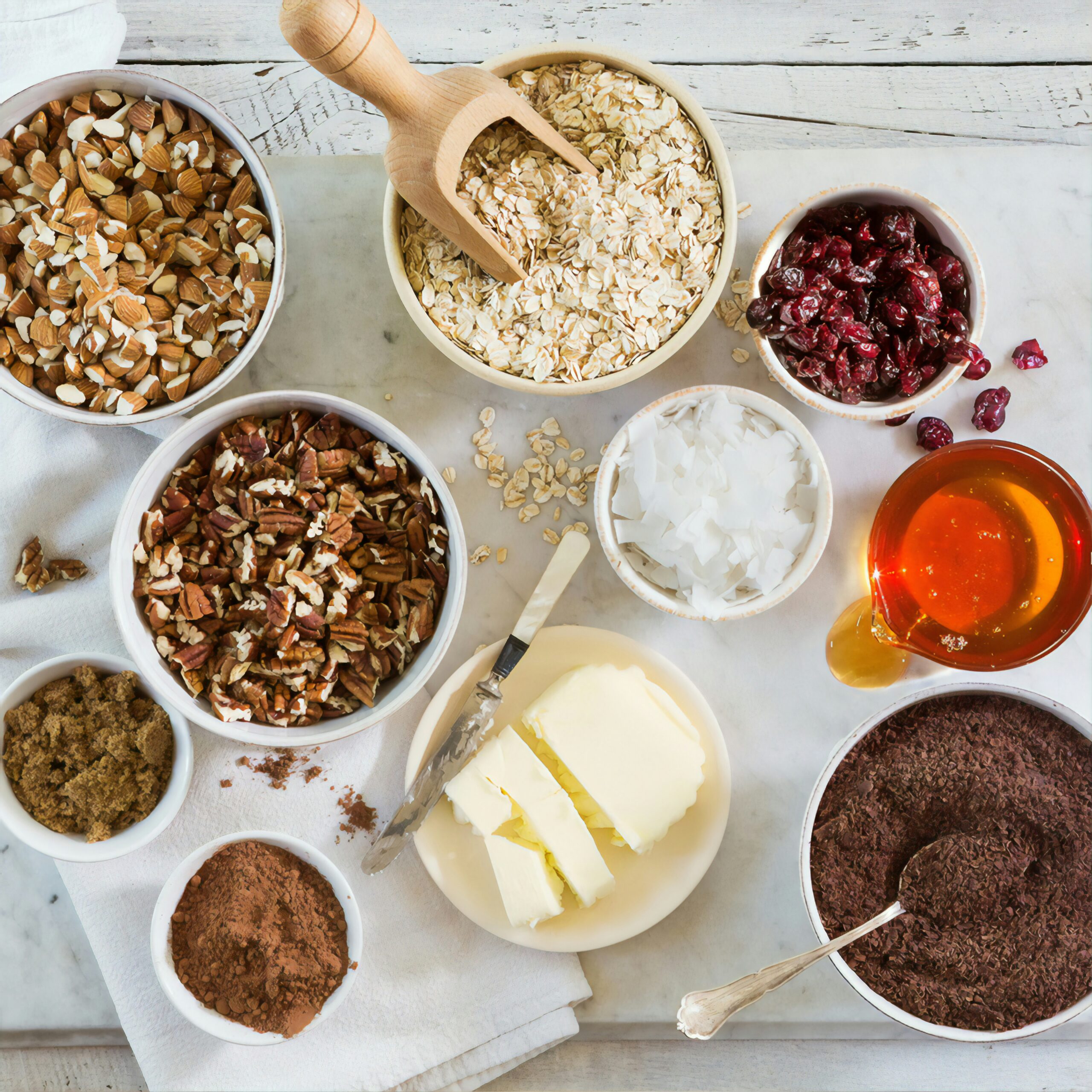Is Whipping Cream the Same as Double Cream? Difference between whipping cream and double cream
Do you know the difference between whipping cream and double cream? It all comes down to fat content, which affects how you’ll want to use each one in cooking. Whipped cream usually has around 30-36 % fat , so it’s light enough to work well in all sorts of recipes, from soups and sauces to whipped toppings for desserts. With its moderate fat, it can whips up easily, and gives you a stable, fluffy texture that’s perfect for topping cakes or adding a touch of lightness to pastries.
Double cream, on the other hand, is much richer, with a fat content typically between 48-60%. That extra fat makes it super creamy and thick—ideal for indulgent desserts like mousse or panna cotta, where you want that velvety, luxurious texture. In Turkey, heavy cream is often closer to what we’d consider double cream, making it perfect for those rich, decadent recipes that call for a thicker consistency.
Both type of cream has its place in the kitchen. Whipping cream creates a light, airy foam that’s great for layering in cakes or frothy whipped coffees. Double cream, with its denser texture, brings a whole new level of creaminess to dishes, making every bite feel extra smooth and satisfying. Knowing when to use each type can really elevate your cooking and baking.
Oh, and if you’re curious why whipping cream might be more affordable in Turkey, it could be thanks to the country’s robust dairy industry, which keeps prices competitive for both local and international markets.

Is Whipping Cream the Same as Whipping Milk?
Although whipping cream and whipping milk might look similar and usually used in same ways, they’re actually quite different in terms of fat content and how they work in recipes. Whipping cream, which comes from cow’s milk, has a fat content of about 30-36%. Whipping milk (also known as light cream), on the other hand, is lighter, with only about 18 -24 % fat.s so This fat content affects how each one performs in the kitchen.
The high fat content in whipping cream is what lets it fluff up and hold its shape when whipped, which is why it’s so popular for topping desserts, adding creaminess to sauce, and giving pastries that luxurious touch. Plus, it has a richer flavor that can really enhance creamy dishes. Whipping milk, with its lower fat, won’t hold volume as well, so it’s better for dishes where a lighter texture works, like certain sauces or custards.
Knowing which to use can make a difference in your cooking. For example, if you’re making something that needs to hold its shape, like a whipped cream frosting or mousse, whipping cream is the way to go because it stays stable longer. For lighter recipes, though, like custards or more delicate sauces, whipping milk can be a great alternative. And if you’re wondering about heavy cream in Turkey, it generally refers to cream with a high fat content (similar to whipping cream), while whipping milk would be a lighter option for a gentler creaminess.
So, while both whipping cream and whipping milk have uses in the kitchen, however knowing the differences can help you get the best results from your recipes and make your dishes taste even better!
What is Heavy Cream in Turkey?

In Turkey, heavy cream—known as ‘krema’—is a go-to ingredient that brings a rich, creamy depth to all kinds of dishes. With a fat content of about 36-40%, it’s no wonder it’s such a popular choice for adding both texture and flavor to Turkish recipes. You’ll often find it in desserts, soups, and sauces, where its luxurious quality really shines.
Turkish heavy cream is carefully made, with high standards that ensure a fresh, quality product in both home kitchens and professional restaurants. It’s usually sourced from fresh milk, where the cream layer is separated and pasteurized to keep it fresh longer, so it’s ready to use whenever you need that extra touch of richness.
One thing that sets Turkish heavy cream apart is its wonderfully thick texture and full-bodied flavor. Thanks to its high fat, it’s perfect for whipping and thickening, which is why it’s often the star in desserts like ‘kunefe’—a delicious treat made with crispy pastry and cheese. Heavy cream adds a velvety finish that elevates the whole experience.
But it’s not just for sweets! In Turkish cooking, you’ll also find heavy cream in creamy soups and sauces, giving them that satisfying, rich feel. It even pairs beautifully with fruits and pastries as a simple but delicious topping. With so many ways to use it, heavy cream has become a beloved staple in Turkish cuisine, embodying the country’s rich food traditions.

Why is Whipping Cream from Turkey So Cheap?
Have you ever wondered why whipping cream is so affordable in Turkey? It really comes down to a mix of factors in the country’s dairy industry. Turkey has a strong agricultural sector, with a climate that’s great for dairy farming. With a steady, high production of milk, there’s often a surplus, which keeps prices low. Plus, many dairy producers in Turkey manage their operations efficiently, keeping waste to a minimum and passing those savings on to consumers—making Turkish whipping cream a great, budget-friendly option.
Another factor is the competitive nature of Turkey’s dairy market. There are a lot of farmers and producers involved in dairy, so there’s plenty of competition, which helps stabilize prices and prevent monopolies from forming. As technology improves, the production process has become more efficient too, cutting down costs even further. All these savings add up, which is why the price of heavy cream (or whipping cream) stays lower in Turkey than in many other places.
The cultural love for dairy also plays a big role. With dairy being such a staple in Turkish cuisine, demand for products like whipping cream is strong and steady. And with more people getting into home baking and cooking, the demand has only increased. Producers are meeting this demand by ramping up production, but without hiking prices too much.
So, thanks to efficient production, a competitive market, and Turkey’s own love for dairy, whipping cream in Turkey remains quite affordable. It’s a win-win for consumers and adds a nice touch of creaminess to Turkish kitchens!



















